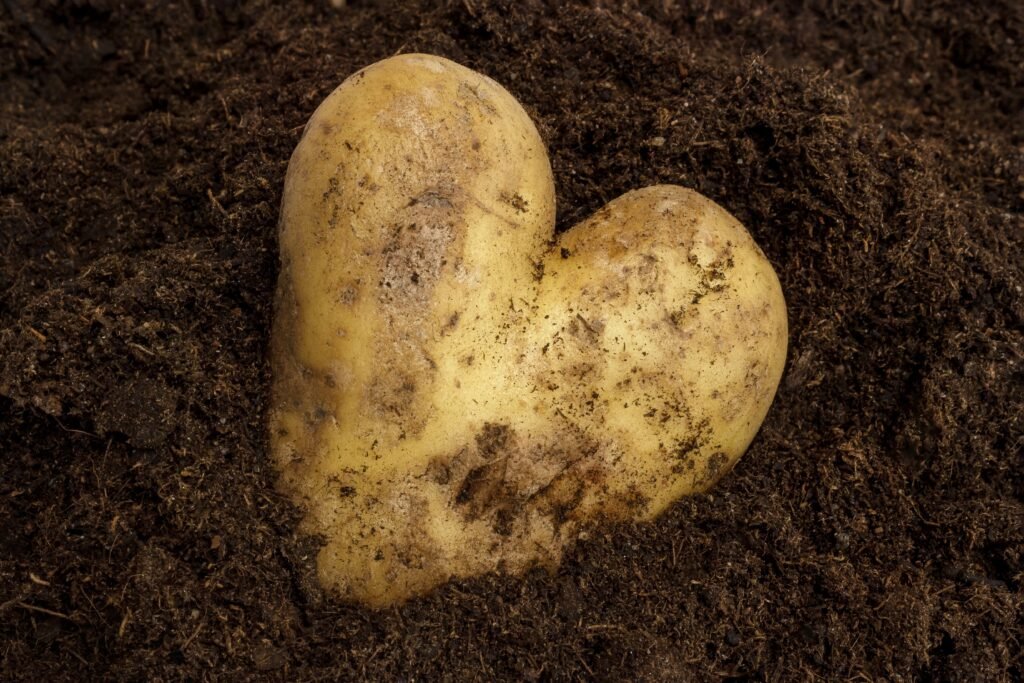What if I told you that the humble potato—yes, that lumpy, brown tuber hiding in your pantry—once altered the fate of entire civilizations? Imagine a world where a single crop could topple empires, fuel revolutions, and quite literally change the course of human history. Today, as we celebrate International Day of Potato, let’s peel back the earthy skin of this common vegetable and discover its extraordinary scientific story. The potato is more than mashed or fried; it’s a silent powerhouse that has shaped ecosystems, economies, and even our DNA. Ready to dig in?
The Potato’s Ancient Origins: Born in the Andes
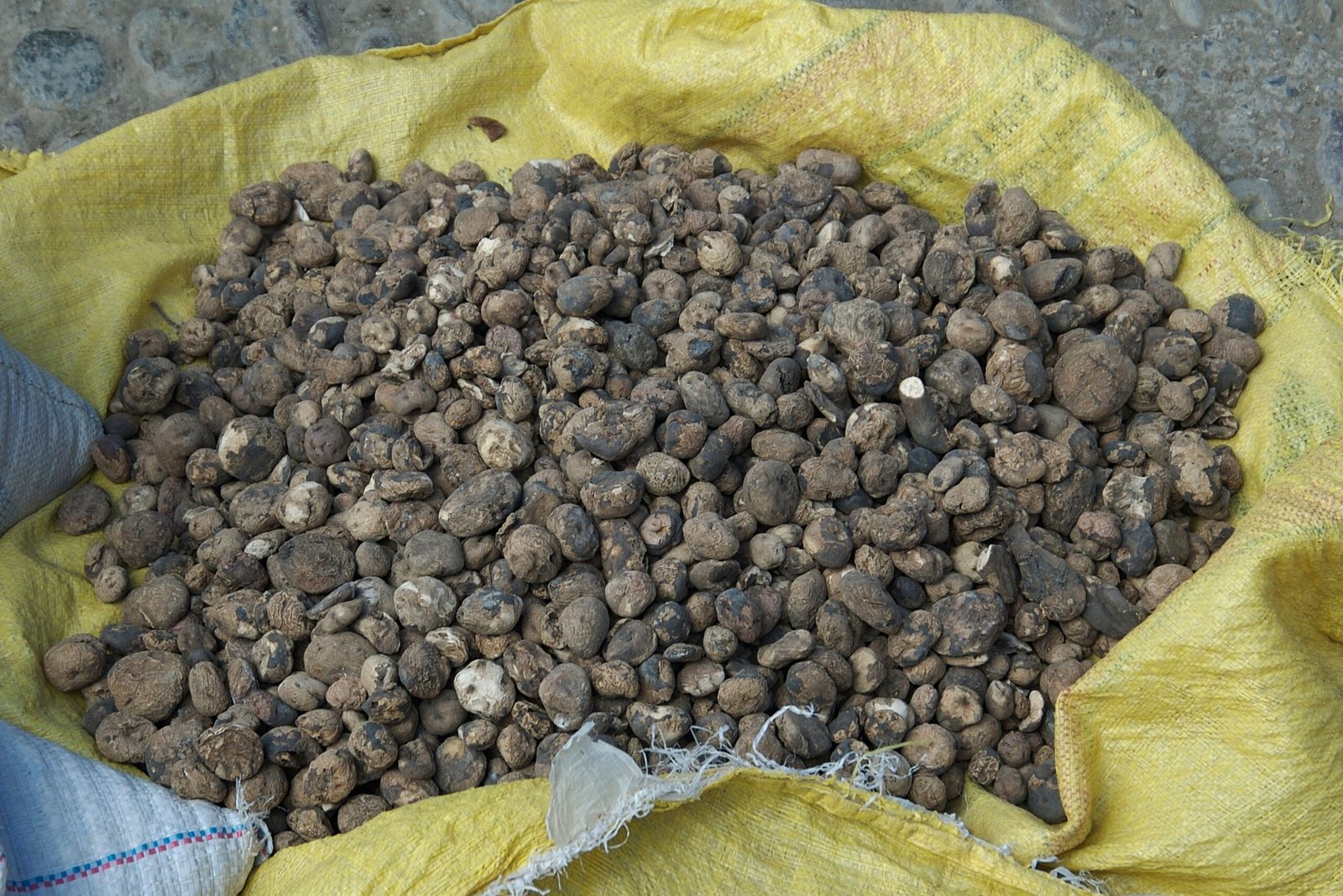
Long before potatoes became a staple on dinner tables worldwide, they thrived high in the rugged Andes mountains of South America. Indigenous peoples in what is now Peru and Bolivia began cultivating wild potato ancestors over 7,000 years ago. These early farmers learned to select and breed potatoes with unique colors, sizes, and flavors, taming toxic wild varieties into edible treasures. The potato’s ability to thrive in harsh, rocky soils gave Andean communities a reliable food source where little else would grow. Archaeological digs reveal ancient storage pits, showing just how vital potatoes were for survival and celebration. Imagine a landscape dotted with hundreds of potato varieties, each with its own story—a living gene bank shaped by generations of hands.
The Spanish Connection: The Great Potato Voyage
When Spanish conquistadors first set foot in South America, they could hardly have guessed that a knobby tuber would become one of their greatest discoveries. In the late 1500s, Spanish ships carried potatoes across the Atlantic, introducing them to Europe. The potato’s journey was anything but smooth: at first, many Europeans were suspicious, even fearful, of this strange plant. Some believed it caused leprosy; others thought it was fit only for livestock. But slowly, curiosity won out over superstition. Scientists today marvel at how quickly the potato adapted to new soils and climates, proving its resilience and versatility. This transatlantic transfer marked the birth of the potato as a global crop.
Nutritional Marvel: Small Package, Big Impact
At first glance, a potato might appear unremarkable, but its nutritional profile is nothing short of astonishing. Potatoes are packed with complex carbohydrates, vitamins C and B6, potassium, and fiber—all essential for human health. In times of famine, potatoes have saved millions of lives by providing a calorie-dense, easily grown food. The scientific secret lies in the potato’s tuber: it stores energy underground, protected from pests and harsh weather. This unique adaptation allowed communities to survive harsh winters and unpredictable harvests. Modern nutritionists often call potatoes “the food that built nations”—and for good reason.
The Potato and Population Booms

Few foods have influenced population growth like the potato. After its arrival in Europe, the potato rapidly became a staple, especially in Ireland, Russia, and parts of Eastern Europe. Its ability to yield more calories per acre than grains meant that families could feed more mouths on less land. Historians estimate that the introduction of the potato helped fuel a population boom in the 18th and 19th centuries, as communities grew healthier and more resilient. The “potato effect” was so powerful that some economists argue it helped spark the Industrial Revolution by freeing up labor for factories and cities. It’s a testament to how one plant can tip the scales of history.
The Dark Side: The Irish Potato Famine

The potato’s promise came with a hidden risk. In the 1840s, Ireland’s dependence on a single potato variety—known as the “Lumper”—proved disastrous when a deadly fungus called Phytophthora infestans struck. This blight turned healthy fields into blackened wastelands almost overnight, leading to the infamous Irish Potato Famine. Over one million people died of hunger and disease, while another million fled their homeland. Scientists now use this tragedy as a cautionary tale about genetic diversity and monoculture. The famine’s scars run deep, but it also spurred advances in plant pathology and food security research.
Potatoes and Global Food Security
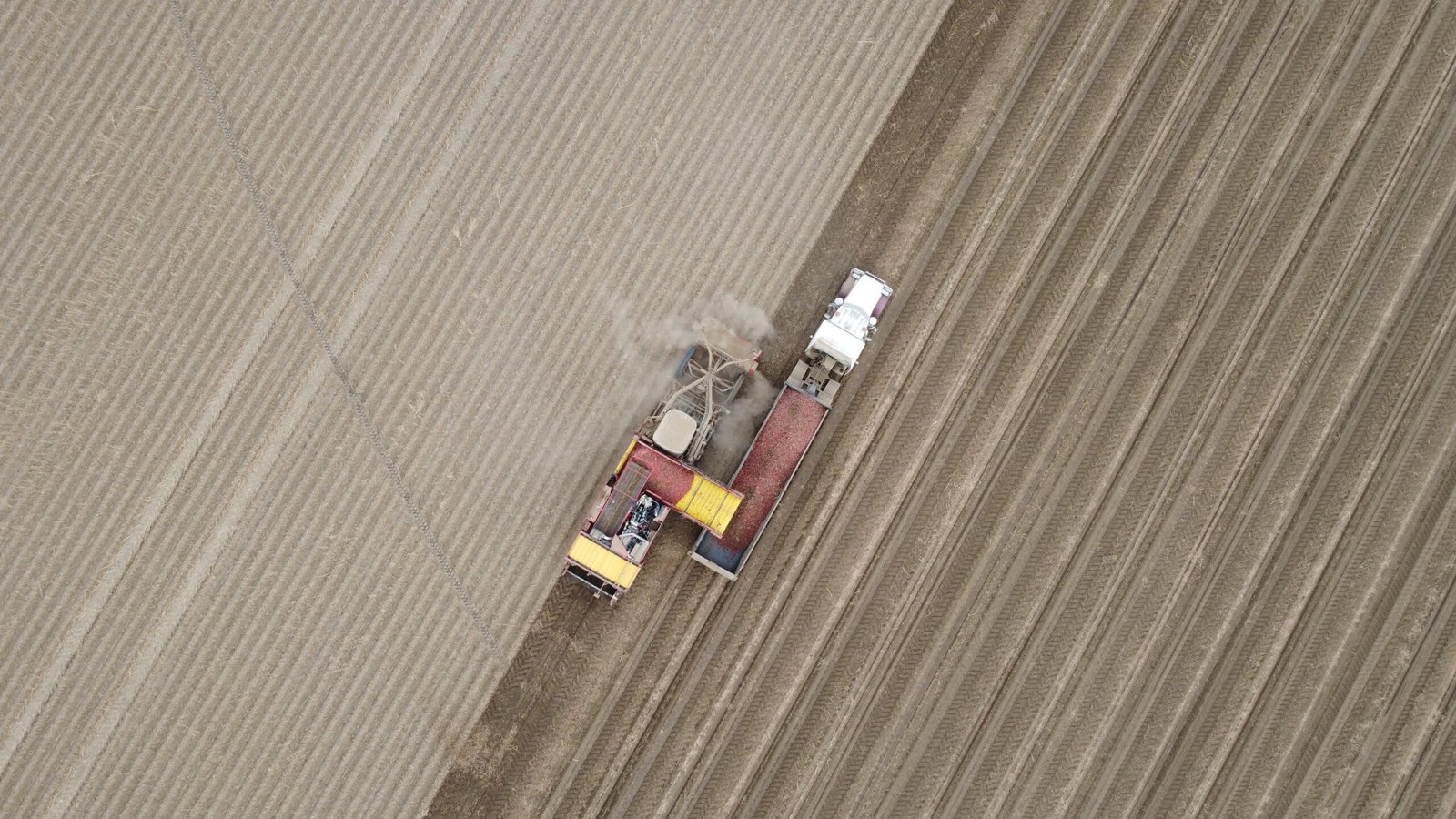
Today, the potato is the world’s third most important food crop, feeding billions across every continent except Antarctica. International scientists view potatoes as a key weapon in the fight against hunger, thanks to their adaptability and high yield. In regions facing drought, climate change, or soil degradation, the potato often outperforms traditional grains. The United Nations even declared 2008 the “International Year of the Potato” to highlight its role in global food security. Modern breeding programs continue to develop new varieties resistant to disease and climate stress, ensuring the potato’s legacy endures.
The Science of Potato Genetics
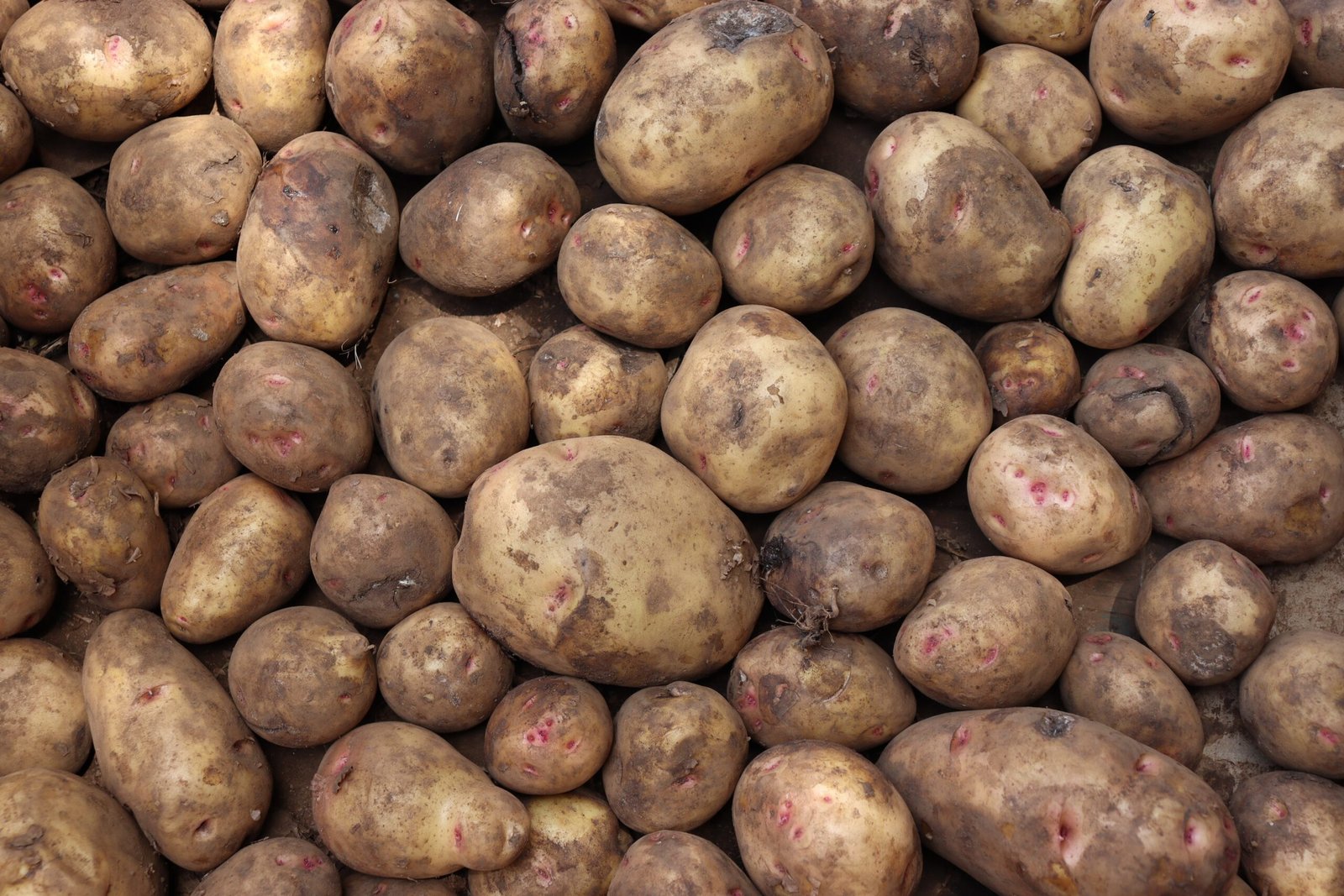
Underneath the skin, potatoes hide a rich tapestry of genetic diversity. Breeders and geneticists use advanced tools like CRISPR and gene mapping to create potatoes that resist blight, pests, and drought. The wild relatives of potatoes, found in the Andes, serve as living libraries for useful genes. By crossbreeding cultivated potatoes with their wild cousins, scientists have created super spuds that can withstand modern challenges. This genetic tinkering isn’t just about bigger harvests—it’s about ensuring that potatoes continue to nourish humanity for generations to come.
Potato Biodiversity: A Living Treasure Trove
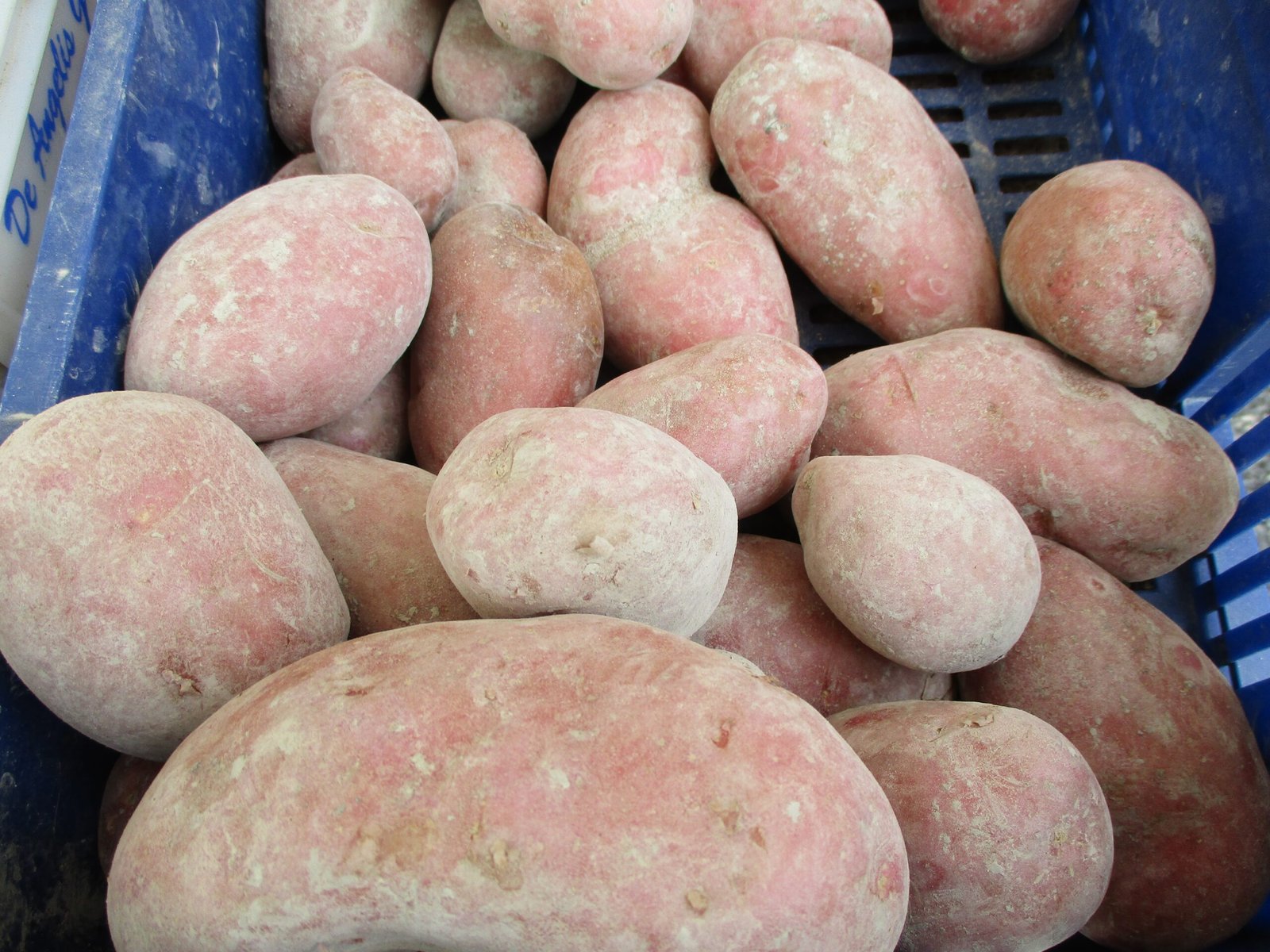
Walk through a local market in the Andes, and you’ll discover potatoes in every color of the rainbow—purple, blue, red, yellow, and even black. This biodiversity is more than just eye candy. Each variety carries unique traits: some resist frost, others pests, and still others pack extra nutrients. Conservationists work tirelessly to protect traditional varieties, fearing that industrial agriculture may erase this living legacy. Seed banks and community gardens play a crucial role in safeguarding potato biodiversity, ensuring that the genetic secrets of ancient potatoes aren’t lost to history.
The Potato in Space: An Out-of-This-World Crop
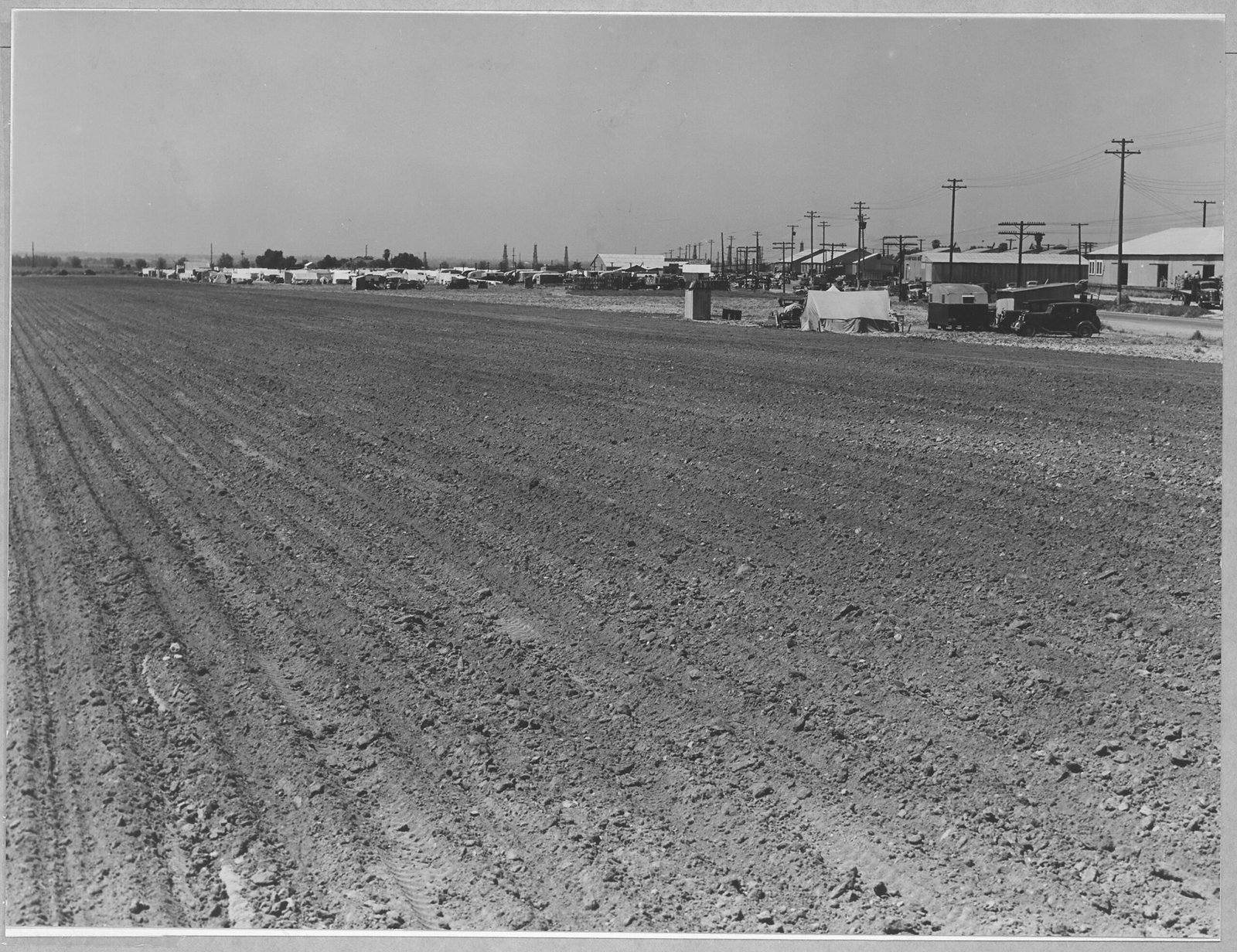
The potato’s journey didn’t stop on Earth. In the 1990s, NASA and the International Potato Center in Peru partnered to grow potatoes in simulated Martian soil. The goal? To see if potatoes could feed astronauts on long-term space missions. Amazingly, the potato thrived under artificial lights and extreme conditions, proving that it’s a true survivor. This experiment captured imaginations worldwide and inspired the 2015 film “The Martian.” Scientists now see potatoes as a prime candidate for future space farms, where every calorie and every drop of water counts.
Potatoes and Climate Change: A Resilient Crop
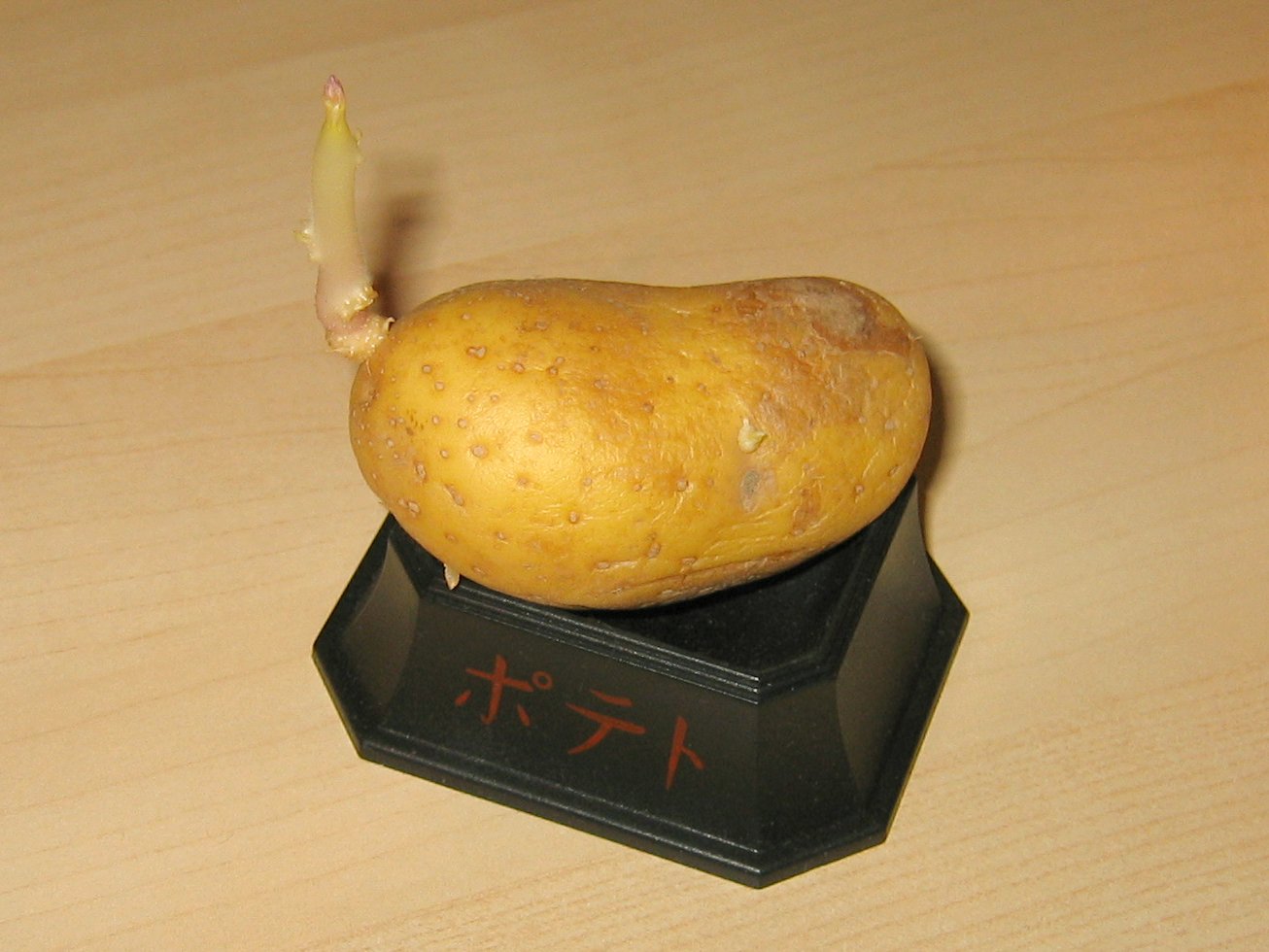
As the planet warms and weather patterns shift, farmers face new challenges: drought, heatwaves, and unpredictable seasons. The potato, with its underground tuber, is naturally shielded from many climate extremes. Researchers are developing heat-tolerant and drought-resistant varieties, using both traditional breeding and cutting-edge biotechnology. In regions like sub-Saharan Africa and South Asia, these new potatoes could mean the difference between feast and famine. The potato’s resilience is a beacon of hope in a rapidly changing world, offering lessons in adaptation and survival.
The Potato’s Role in Sustainable Agriculture

Sustainable agriculture isn’t just a buzzword—it’s a necessity. Potatoes fit perfectly into eco-friendly farming systems, requiring less water and fertilizer than many grains. They can be grown in rotation with other crops, helping to restore soil health and break pest cycles. Some farmers even use potato fields to trap carbon in the soil, fighting climate change one tuber at a time. Agronomists advocate for “agroecology,” where potatoes are part of a diverse, balanced farm ecosystem. It’s a reminder that the best solutions often come from the ground up.
Culinary Revolution: The Potato’s Global Journey

Could you imagine a world without French fries, gnocchi, or potato chips? The potato’s culinary journey is a story of invention and transformation. Every culture has its own iconic potato dishes: Peruvian causa, Indian aloo gobi, Russian vodka, and American baked potatoes, to name just a few. Chefs and home cooks alike delight in the potato’s versatility, using it to create comfort food and haute cuisine alike. The potato’s ability to absorb flavors and adapt textures makes it a favorite in kitchens from Lima to London. It’s the ultimate shape-shifter on our plates.
Potatoes in Pop Culture and Folklore

Beyond the kitchen, the potato has wormed its way into pop culture and folklore. In Ireland, potatoes are a symbol of both tragedy and resilience. In Peru, potatoes feature in ancient myths as gifts from the gods. Even today, children play with “potato stamps,” while artists create sculptures from spuds. The potato has inspired songs, cartoons, and memes—who hasn’t laughed at a “couch potato” joke? It’s a testament to the tuber’s ability to capture our imagination as well as our taste buds.
The Potato Economy: From Farm to Fortune
The global potato industry is a multi-billion dollar powerhouse. From seed growers in the Netherlands to fry factories in China, the potato supports millions of jobs worldwide. In some regions, potatoes are even used as a form of currency or barter. The rise of processed foods—think potato chips and frozen fries—has transformed local economies and created new markets. Economists track potato prices as a measure of food security and rural prosperity. It’s amazing to think that such a humble crop can drive global commerce on such a massive scale.
The Science of Potato Storage and Preservation
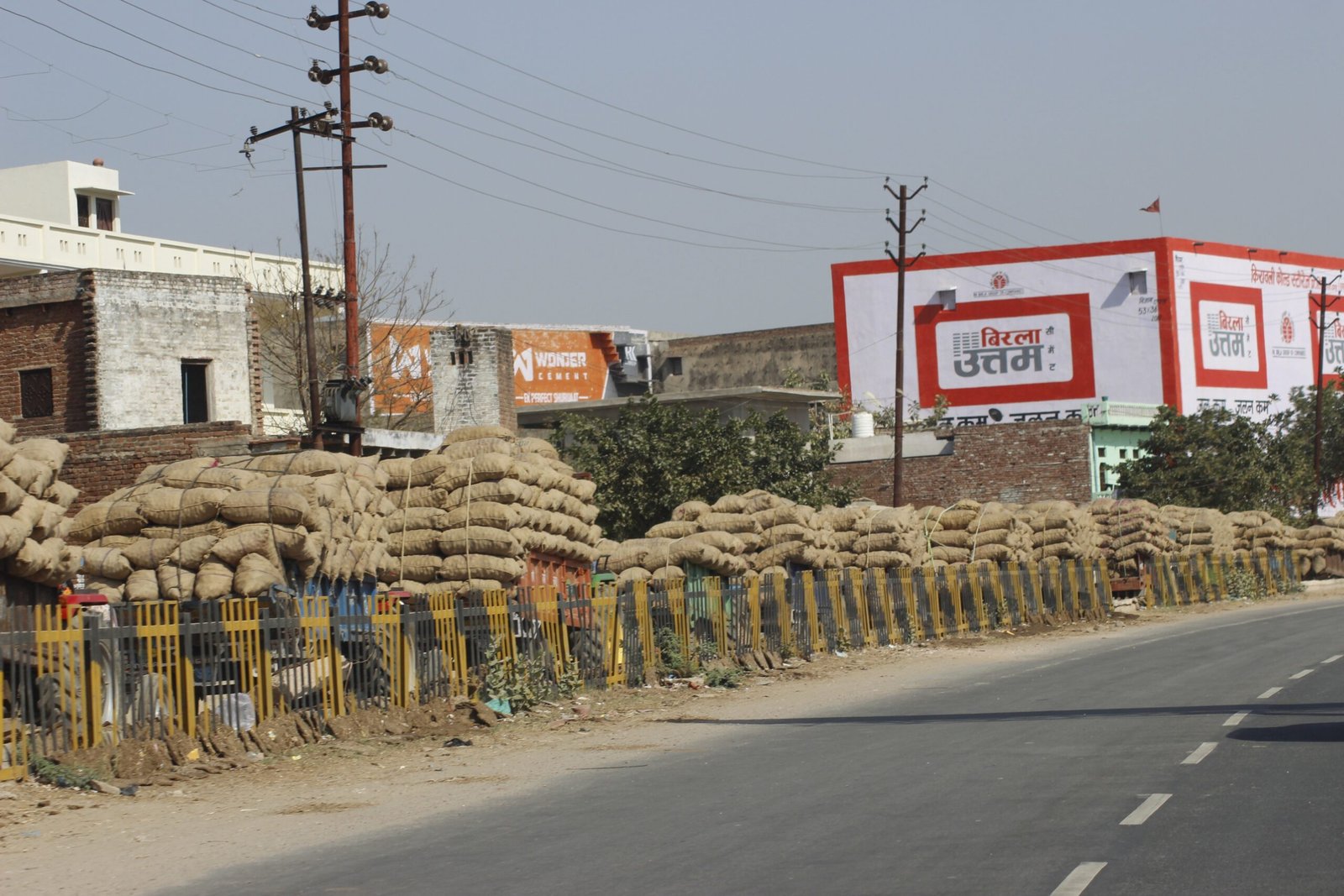
One of the potato’s greatest strengths is its storability. Unlike many crops that spoil quickly, potatoes can be kept for months in cool, dark conditions. Ancient Andean farmers developed ingenious methods like freeze-drying to produce chuño—potatoes that last for years. Modern storage facilities use controlled atmospheres to keep potatoes fresh and safe from sprouting or disease. Food scientists continue to study ways to reduce waste and extend shelf life, making the potato a reliable ally against hunger and scarcity.
The Potato and Human Evolution
Believe it or not, the potato has left its mark on our very DNA. Populations that relied heavily on potatoes, like those in the Andes and Ireland, show genetic adaptations linked to starch digestion. Scientists have identified genes that help these populations process the potato’s complex carbohydrates more efficiently. This “co-evolution” between humans and potatoes is a fascinating example of how our diets shape who we are, at both the cultural and biological level. It’s a living experiment in adaptation, played out over centuries.
Potatoes and Modern Science Education
Potatoes are a favorite tool for teaching science in classrooms around the world. Students use them to learn about plant biology, genetics, and even electricity—remember the classic potato battery experiment? Teachers love the potato’s simplicity and accessibility. It’s a living laboratory that sparks curiosity and creativity. Science fairs often feature potato-powered clocks or experiments in selective breeding, inspiring the next generation of scientists. Who knew that so much discovery could spring from a simple spud?
The Potato’s Role in Disaster Relief
In times of crisis—wars, earthquakes, or pandemics—the potato has played a starring role in emergency food programs. Its quick growth and high yields make it an ideal crop for regions recovering from disaster. Relief agencies distribute seed potatoes to kickstart recovery and provide essential calories. The potato’s resilience and nutritional value have saved lives in some of history’s darkest moments. Humanitarian workers often call it “the ultimate survival food,” a badge the potato wears with quiet pride.
Potato Research: The Cutting Edge
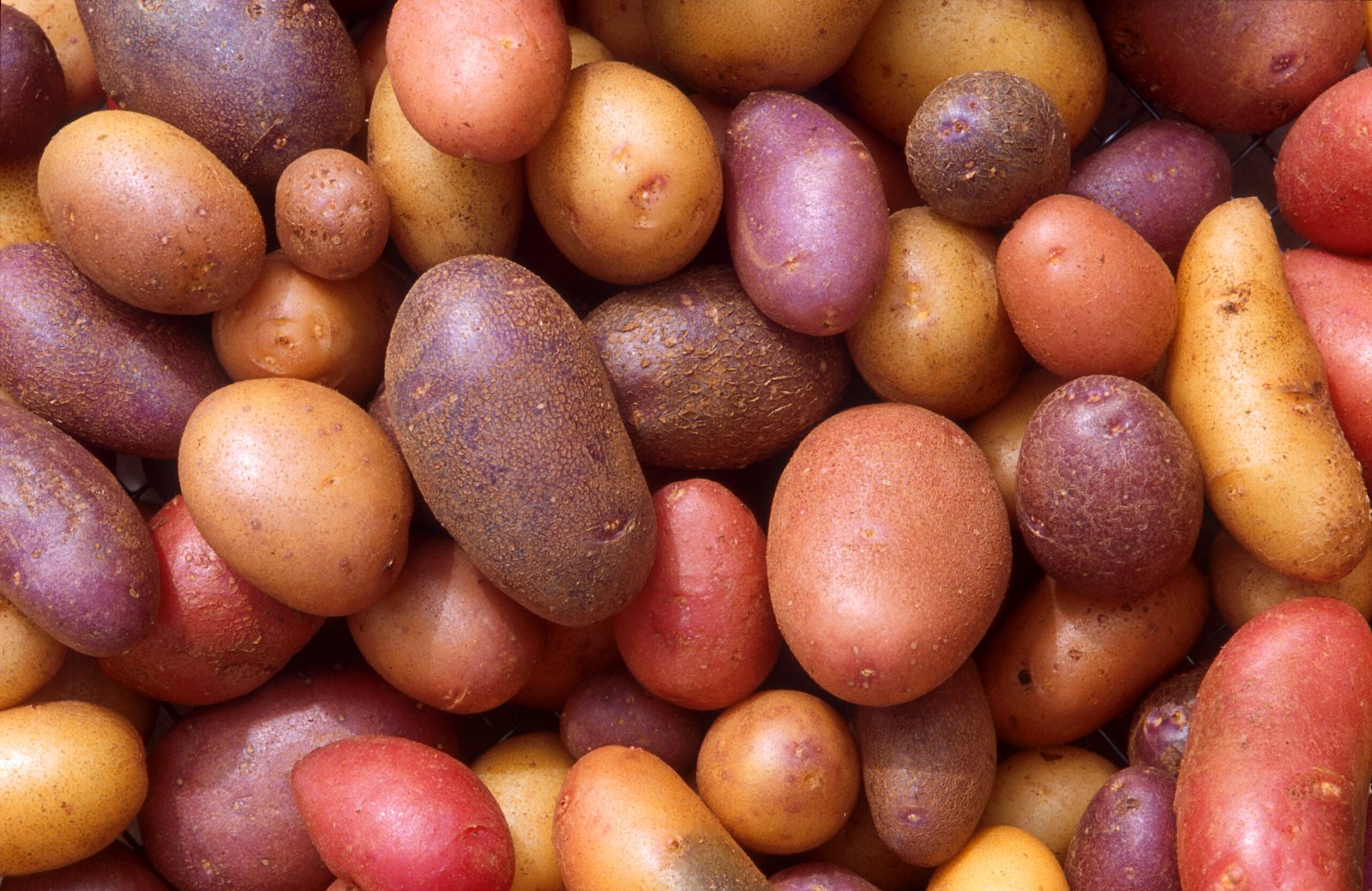
Scientists around the globe continue to unlock the potato’s secrets. From mapping its complex genome to developing blight-resistant super varieties, potato research is a hotbed of innovation. Recent breakthroughs include potatoes with built-in pest resistance, reducing the need for chemical pesticides. Researchers are also exploring the potato’s potential for biofuel, plastics, and even medicine. Each discovery opens new doors, proving that the potato’s story is far from finished.
Preserving Potato Heritage for the Future
As we celebrate International Day of Potato, the call to preserve its genetic and cultural heritage has never been louder. Biologists work to protect wild potato species, while farmers and indigenous communities keep ancient varieties alive. Community seed banks and festivals celebrate the potato’s diversity and resilience, passing knowledge from one generation to the next. It’s a living legacy that demands our respect and protection.
A World Forever Changed by the Potato
The potato’s journey from Andean mountains to global kitchens is a story of survival, adaptation, and transformation. Its impact reaches far beyond the dinner plate, shaping societies, economies, and even our biology. The next time you slice into a potato, remember that you are tasting a piece of history—a resilient, ingenious, and utterly surprising root that changed the world, one harvest at a time.

